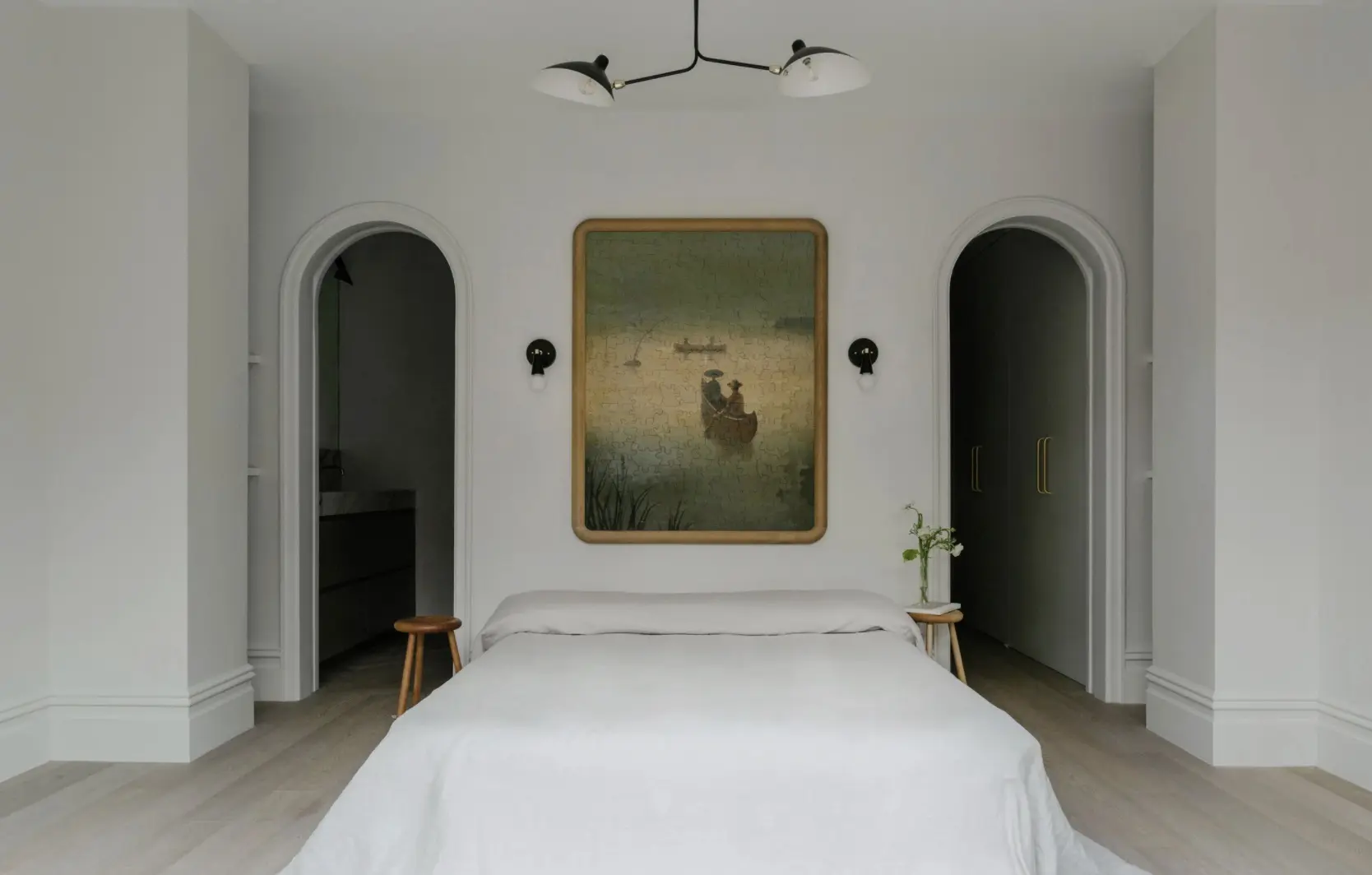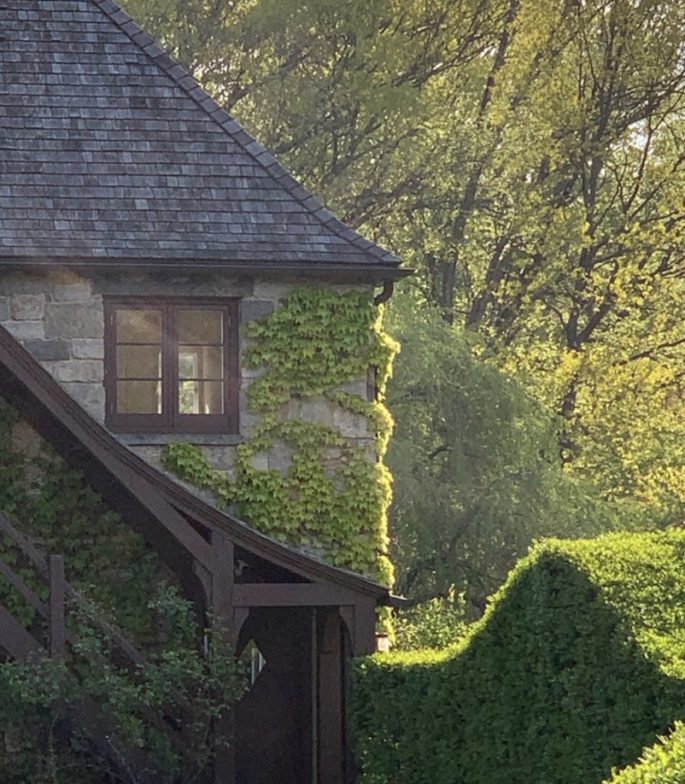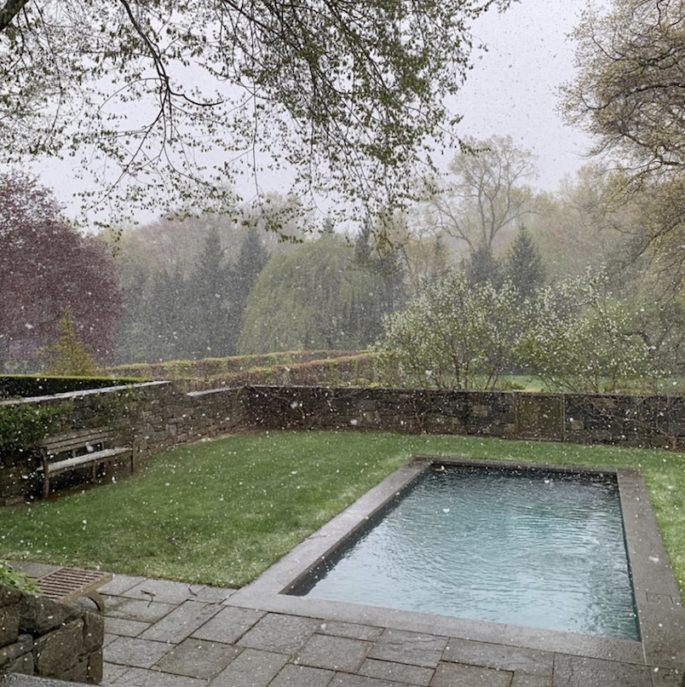It’s been quiet, hasn’t it? At the risk of posting yet another theory on the over-dissected predicament of social shut-down-respite from life’s more disruptive, discordant soundtracks could be added to the silver linings afforded us by the rampant virus. Unless at the mercy of an enthusiastic home renovator next door (taking advantage of metaphorical downed tools only) or rampaging children, the temporarily silenced roads, railways, and airways, it turns out, might have done us some good- not only because of the radical cut in C02 emissions but also the disappearance of environmental noise pollution, which is increasingly recognised as quite the health aggressor. Read more, ‘Going Full Circle: An Ultra-Simple Approach To Sustainability.’
Noise contributes to heart disease, sleep disturbance and stress-related mental health problems. The World Health Organisation cites that children residing in areas with high levels of aircraft noise have delayed reading ages, poor attention levels and soaring stress levels. The soundscapes of modern life, specifically the repetitive man-made clatters and drones, are even more disruptive than once thought. In fact, more than one million healthy years of life are thought to be lost in Western Europe to illness, disability, or early death caused by traffic-related noise.
The soundscapes of modern life, specifically the repetitive man-made clatters and drones, are even more disruptive than once thought.
Noise pollution has become the focus of a coterie of product designers and interior architects, who are exploring a variety of ways to protect our home and working environments from this external aggressor, and to manipulate acoustics. internally to minimise strain and over-stimulation. In some instances, the move is no more complicated than using materials that are absorbing (porous), blocking (dense) or diffusing (reflective), creating cocooning furniture, and making paneling and screens that are attractive.
The Scandinavians excel at it- with a large portion of the population thriving in the blissful silence of untainted nature, the clatter of a heel on white-oiled Douglas fir can quickly become a cacophony too far. Focusing their attention on noise cancellation are companies such as Baux, with its panels made from biodegradable wood wool and acoustic pulp, and Officer, which offers ceiling-hung screens and, most recently, a reissue of a Verner Panton pyramid-shaped panel designed 50 years ago for Hamburg’s Der Spiegel newspaper offices.
This year, Baux has documented its own research on the subject in The Book of Acoustics, something a technical read aimed at both product and interior designers. It explores architectural angles and reverberation times, but at its heart is a philanthropic message: ‘Acoustics affect everything. Directly they affect health, indirectly they affect psychology,’ says Dr Naglaa Sami Abdel Aziz Mahmoud, a contributor and head of interior design at Ajman University, UAE.
“We accept bad sound more than bad light.”
The buzz around its launch included talk or how controlling soundscapes could be as key to health as lighting. Designers have been tailoring and tempering light to enhance wellbeing for some time- it’s what drove the launch 12 years ago of Swedish lighting company Wastberg, with a manifesto to bring light to ‘human proximity.’ shading and contouring it in a bide to enhance welfare. Sound has some catching up to do. ‘Its impact is not as direct as light- it is more subtle,’ says Fredrik Franzon, CEO of Baux. “You might just go home a little tired from having had to concentrate more to hear colleagues. We accept bad sound more than bad light.”
While health may be a driving force in the development of good acoustic design, productivity gets all the attention of its efforts. ‘We tend to focus on what we can measure- and productivity is easy to measure,’ says Franzon. ‘The effects on wellbeing are internal. Noise affects the brain, the pulse, and heartbeat. Its effects are hidden. Productivity is here and now.’ It’s Baux’s conviction, though, that effective sound design directly contributes to relaxation and recovery, lower blood pressure, reduced cortisol and adrenaline levels, regeneration of brain cells, better quality of sleep, and, in turn, more patience and improved empathy.
“The effects on wellbeing are internal. Noise affects the brain, the pulse, and heartbeat.
Its effects are hidden”
Not everyone will see sound-proofing office design as a salutary solace, however. A war on distraction in the workplace can be perceived as a way of maximising productivity, which could be considered an even bigger threat to stress levels. Jenny Odell, author of ‘How To Do Nothing’, one of the loudest books about seeking silence to be published last year, calls for us to switch noise off, in the broadest sense. Attention is the new commodity, yet we only really process things clearly when are not trying to take in more information. We need quiet- and time in nature- Odell argues. Not just a recharging hiatus so we can go back and be even more productive, but as an end in itself; to be human.
While we try to find a way to make all this work as the world’s workforce cranks back into gear, the integration of sound design in our environments isn’t a bad start. ‘At the moment, we have one solution that fits all,’ says Franzon. ‘Traditionally, classrooms are designed for the teacher at the front to be heard by pupils. Now teaching is about communication and group exercises. Designs that allow you to transform sound experience are increasing- absorbers you can move and twist in different directions. Combined with technology, this could be the future.’ Options are growing for the acoustically challenged and silence seekers. But full mental pause, brought about by the addition of frequent digital renunciation, requires willpower, and that’s something that’s harder to design for. *This story is an excerpt from an article from UK Elle Decoration.





